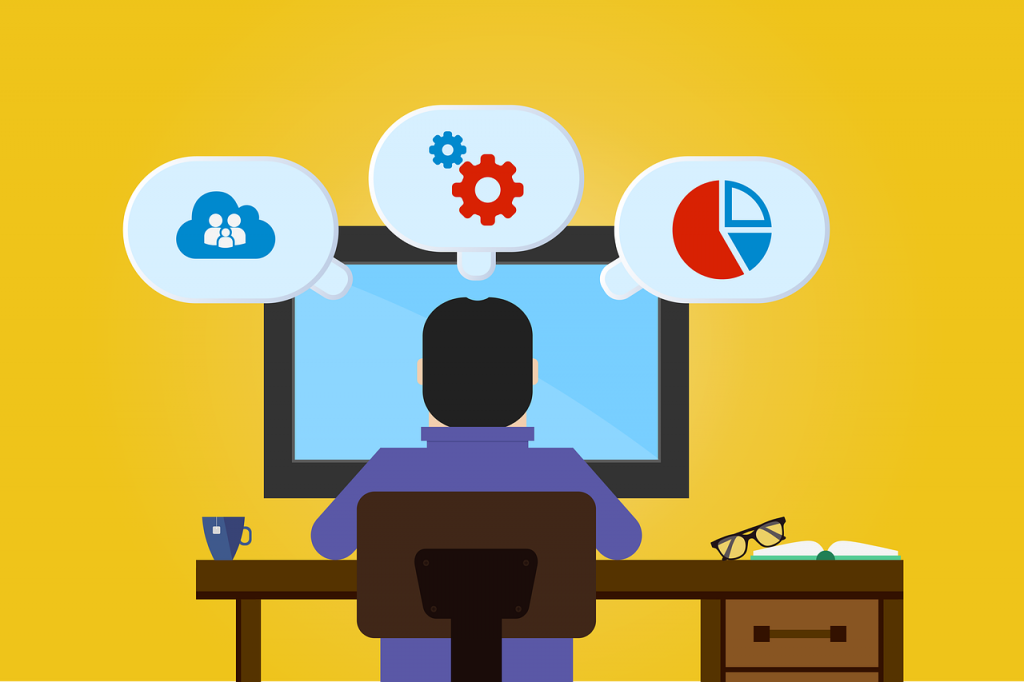As software development is becoming more crucial for businesses, the demand for the software is rising faster with every passing day. The software development life cycle contains several stages that are needed to be followed to build the highest quality software at the lowest possible cost in the least possible time.
A typical software passes through various phases, including planning, requirements gathering, designing, developing, testing and maintaining the software. The life cycle of a software defines how each stage contributes in its development to come up with a final finished product.
6 Stages of Software Development Life Cycle
Stage #1: Requirements Gathering & Analysis
Requirement gathering is the first and fundamental phase of the SDLC. This phase involves gathering information from the company’s stake holders and industry experts to understand their business requirements.
This information is then processed to create a basic project plan to understand the scope of the project, opportunities, anticipated issues and business goals. Simply put, we calculate the strength and weakness of the application in this stage.
Stage #2: Defining the Software Requirements
Once the software requirements are analyzed, now it is time to define and document the requirements. The project details are then sent to the client or market experts for approval through a Software Requirement Specification document, consisting economic, technical, legal and operational information of the project. This document would also contain all the project requirements and functionalities that are going to be developed during the SDLC.
Stage #3: Designing & Prototyping
After the requirements are understood and documented, the project goes into the designing phase. Our software architects will refer the SRS document to come up with several prototypes of the project.
All the important people associated with this project review the design plan based on numerous parameters such as product robustness, budget constraints, risk assessment, etc., and provide their suggestions and feedback. It is very important to collect stakeholders’ input as failing to do so may result in budget overruns.
Stage #4: Developing the Project
In this stage, the actual development of the project starts. The project is divided into several units and modules, and the tasks are assigned to different developers depending on the software model we follow.
The software developers start coding based on the defined programming language and platform. They use certain programming tools to compile, interpret and debug the software code to deliver the proposed project.
Stage #5: Testing & Deployment
Once the project is developed, it is put to test for any errors and deficiencies. The team of QA and testers deploy the software in the testing environment to check and verify whether the whole software works according to the client’s requirements.
If any bugs are discovered, the QA team reports the developers. The developers fix the errors and send the project back to the QA team for re-testing. Once the testing phase is over and all the errors are resolved, the final deployment of the software starts.
Stage #6: Maintenance
After the software is delivered to the client, it will be maintained and updated as and when required in order to run flawlessly. The aim of this stage is to make sure that the software remains bug-free and the customer needs are met as the system and technology continues to evolve.
At Velox Softech, each stage is intricately followed to make sure the project is delivered in the timely manner. We are already preferred by many businesses across the globe for efficient software development, and if you are too looking for professional application development services at the most competitive prices, then contact us today.



